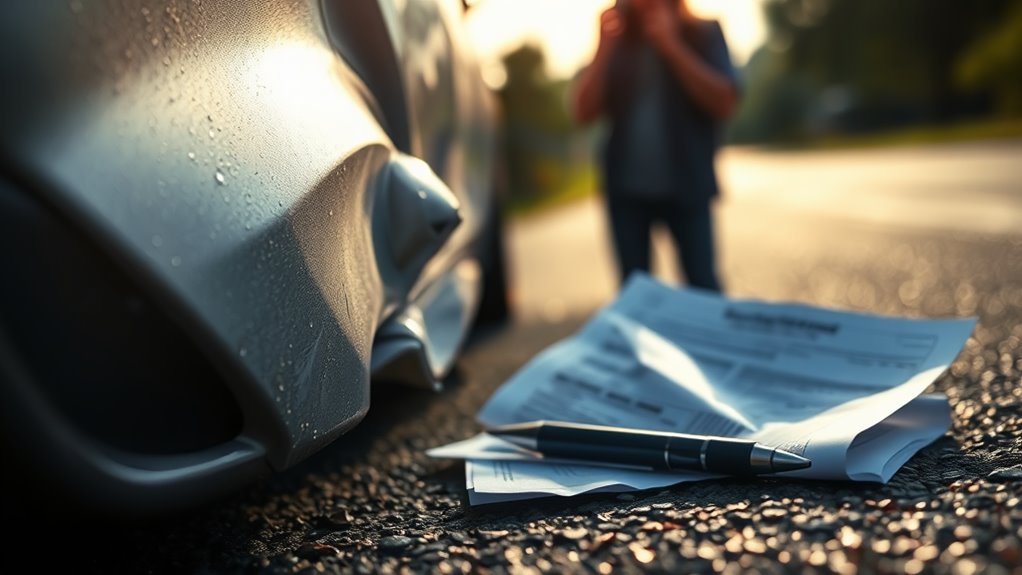Steering through the complexities of SR22 insurance after your first accident can feel like walking a tightrope. It's essential to understand that SR22 isn't an insurance policy but a certification proving you meet state-mandated coverage. With potential premium hikes and limited insurer options, you might wonder how to best manage your situation. Understanding your responsibilities and the nuances of compliance will be key to regaining your driving privileges without unnecessary penalties.
Navigating SR22 insurance can feel overwhelming, especially if you're facing requirements due to serious traffic offenses. An SR-22 isn't an insurance policy itself but rather a document that shows you comply with your state's minimum liability insurance requirements. After your first accident, particularly if it involved uninsured driving or negligence, you might be required to file an SR-22 form to prove your financial responsibility. This requirement is often mandated for high-risk drivers, especially those involved in DUIs or repeat offenses.
You'll need to understand what led to your SR-22 requirement. Serious traffic offenses, such as driving under the influence, can result in license suspension. If your license is reinstated following a suspension, your state may require you to maintain SR-22 insurance for a specified duration, often around three years. This duration can vary depending on the specific state's regulations, including filing duration. However, this timeframe can differ from state to state, so it's vital to check your local regulations to guarantee you comply fully.
Once you know you need an SR-22, it's time to navigate the insurance landscape. Not all insurers offer SR-22 services, so you might've to find a specialized provider. Your current insurance company may help, but if they don't handle SR-22 filings, you'll need to research alternatives.
Be aware that obtaining an SR-22 typically comes with increased premiums. Insurance rates for those with an SR-22 are generally higher due to the perceived risk. You should compare quotes among different providers to find the most affordable option.
As you consider the financial impact, remember that the added cost of filing an SR-22 may include extra surcharges on your policy. This increase in premiums can persist even after the SR-22 requirement ends, so it's wise to keep that in mind when budgeting. Factors influencing your rates include your driving record, current insurance rates, and your state's minimum coverage requirements.
Compliance with SR-22 regulations is significant. Your insurance provider must inform the state if your policy lapses. If you fail to maintain your SR-22 coverage, you could face severe penalties, including a potential suspension of your driving privileges. It's vital to stay on top of your coverage and verify that your insurer reports any changes promptly.
If you're a non-owner driver, you may still need an SR-22 if you're driving borrowed or rented vehicles. In this case, a non-owner SR-22 policy can provide liability coverage while you work toward reinstating your driving privileges. Some insurers specifically offer these types of policies to meet the needs of drivers without their own vehicles.
Navigating SR-22 insurance after your first accident can be challenging, but knowing the requirements and consequences will empower you to make informed decisions. Staying compliant and understanding your options will help you regain your driving privileges while managing the financial aspects effectively.
Conclusion
Just as a sailor must adjust their sails after a storm to navigate calmer waters, you too need to adapt after your first accident. Securing SR22 insurance is your compass, guiding you through the complexities of compliance and higher premiums. By choosing the right insurer and staying on course, you'll not only regain your driving privileges but also steer towards a safer future. Remember, every challenge is an opportunity to learn and grow on your journey.

